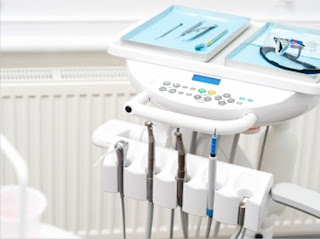Introduction To Proton therapy
Proton therapy is a radio beam therapy that is capable to deliver radiation through the skin with much-reduced pain compared to conventional radiation therapies. It is a technique which uses proton beam which is delivered to the tumor in a precise way where the surrounding tissue is left unharmed contrary to other procedures which damage the tissue to a smaller or greater extent.
A proton is a positively charged particle. At high energy, protons can destroy cancer cells.This technique may forever alter the nature of cancer treatment.
Proton Therapy Working procedure
Protons are atoms that carry a positive charge, similar to X-Rays which contain photons and is used to treat benign as well as malignant tumors but the only difference here is that it delivers protons in a much more confined and precise way, After they enter the body, protons release most of their energy within the tumor region and, unlike photons, deliver only a minimal dose beyond the tumor boundaries the shape and size of the tumor is also not a big problem as the method divide the tumor into small pixels and the radiations are given on these small pixels.






